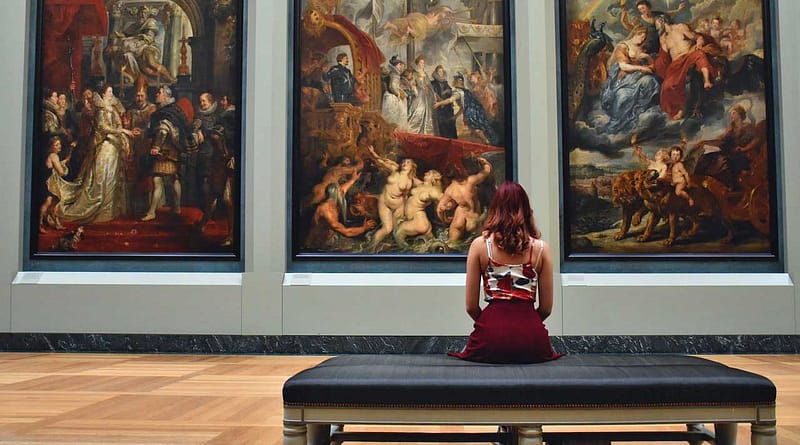People counting for Museums
More and more museums are installing people counting systems to track their visitors and learn…
- Current occupancy levels: which rooms are busiest at the moment?
- Which exhibits captured people’s attention, and which were neglected?
- Where visitors lost interest and left?
- How many people visited in total, how many of these went to every floor and how many went every room?
- How long people looked at each exhibit?
- Peak visitor times?
- Queuing times?
The real-time counts for each area means that the museum can allocate extra staff or security guards to popular exhibits. Items are more often damaged or stolen in busy rooms with few personnel on duty.
Many museums are funded by governments, and receive their funding according to how many visitors they get. Video people counting gives a true number of visitors, rather than basing the footfall figure on the number of tickets allocated (for example when a bus-load of children get in under one group ticket), thus helping grant applications.
The information collected also enables museums to adapt floor layouts to increase visitor satisfaction and encourage repeat visits.
The data is not just useful for enhancing the visitor experience, the system will also increase sales in the museum shop.
The information provided can be made available over the internet to secure browsers, or integrated into the Internet-of-Things. Alternatively it can be collected and fed into an internal database.
